记忆的味道
吴方言区
清平乐·村居
辛弃疾
茅檐低小,溪上青青草。醉里吴音相媚好,白发谁家翁媪?
大儿锄豆溪东,中儿正织鸡笼。最喜小儿亡赖,溪头卧剥莲蓬。
吴语,又称江东话、江南话。从周朝至今有三千多年悠久历史,底蕴深厚。(Wu Dialect, also known as Jiangdong dialect, Jiangnan dialect, boasts a long history of over three thousand years since Zhou dynasty and a rich heritage.)在中国分布于今浙江、江苏南部、上海、安徽南部、江西东北部、福建西北一角(浦城),使用人口九千多万。吴语分为太湖、台州、金衢、上丽、瓯江、宣州六片语片。
本期我们将走进台州片区,在缱绻吴音中欣赏竹篮编制技术。(We give a highlight to the art of bamboo weaving in Taizhou, where the soft and melodious Wu dialect is spoken.)
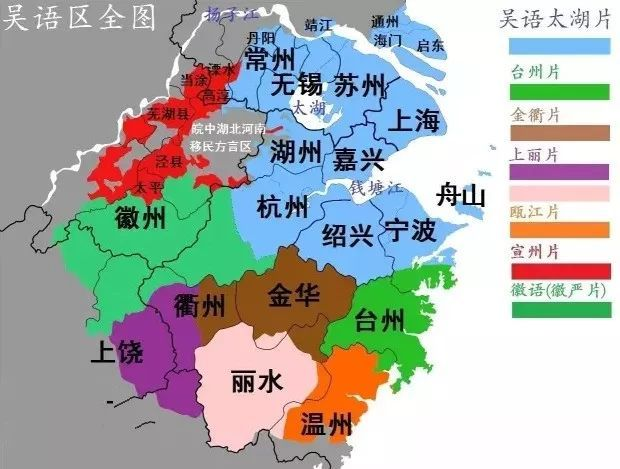
吴方言分布图
“春暖花开的时节,竹篮里装着蓝色的天空。在沾露的早晨,赶着牛羊到幽深的山谷,去看,野兰花。”兼具实用和审美功能的竹篮,自古至今都扮演着重要的角色。(Because of its practical and aesthetic functions, bamboo basket has played a very important role in people’s daily life since ancient times in China.)
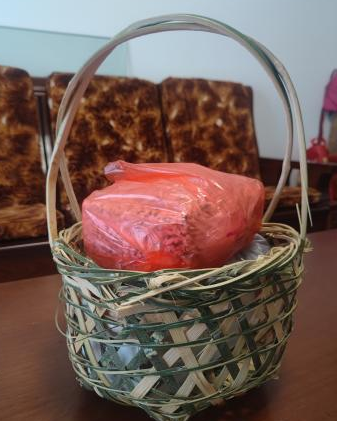
日用竹篮
人类初定居时,竹子就是器皿编制的主要材料。(Since the beginning of human settlement in China, bamboo has been one of the main materials of weaving.)自殷商时代到春秋战国时代,竹子的编织逐步向工艺方面发展,编织也日见精细。明代初期,江南一带从事竹编的艺人不断增加,游街窜巷上门加工。进入21世纪以后,手工竹制品本身退出历史舞台,而以竹篮为代表的编织技艺成了“非物质文化遗产”。本期让我们以时间为经,以故事为纬,一起“编织”这项台州技艺记忆——竹篮编织!(This time, let’s learn something about the time-honored craft of bamboo weaving from stories of everyday life in Taizhou today.)
缘起
作为竹篮的原材料,竹子的质量至关重要。每年立冬后至次年立春前,手艺人往往遵循节气采伐竹子,采伐的竹子韧性好、适宜编织,且不影响下一代竹子的生长。砍下竹子后,将竹子劈成长条状。(Bamboo weavers cut the bamboos because bamboos in this season are tough and good for weaving. Besides, bamboo cutting in this period does no harm to the growth of the new bamboos. Bamboos felled down are split up into long strips first.)
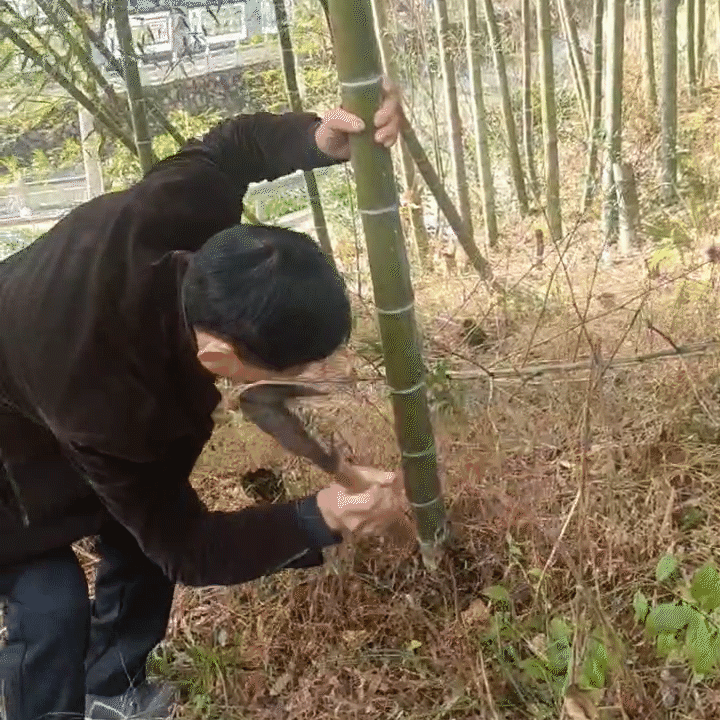
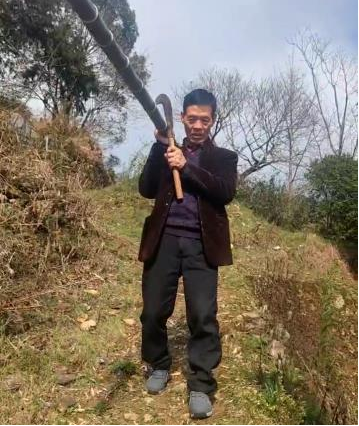

编织竹篮时,手艺人先用两片竹篾叠成十字形,然后在经向和纬向分别以挑一压一的形式添加竹篾。(When weaving a bamboo basket, the craftsman would fold the bamboo strips into a cross and then add a bamboo strip along the warp and weft directions respectively. They weave two-dimensional bamboo planes with the “pick” and “press” weaving techniques.)编成竹篮底部;当经纬向添加竹篾达到所需竹篮底部大小时停止增加竹篾,此时进行纵向收身工序,即用口篾沿着竹圈以螺旋形式将从底部弯起的竹篾紧紧固定在竹圈上形成完整牢固的竹篮身;随后用较粗的竹片完成所需的弧度固定在篮身上成为完整的竹篮;最后将铁丝扭弯,固定成提手。一个竹篮就编织完毕了。

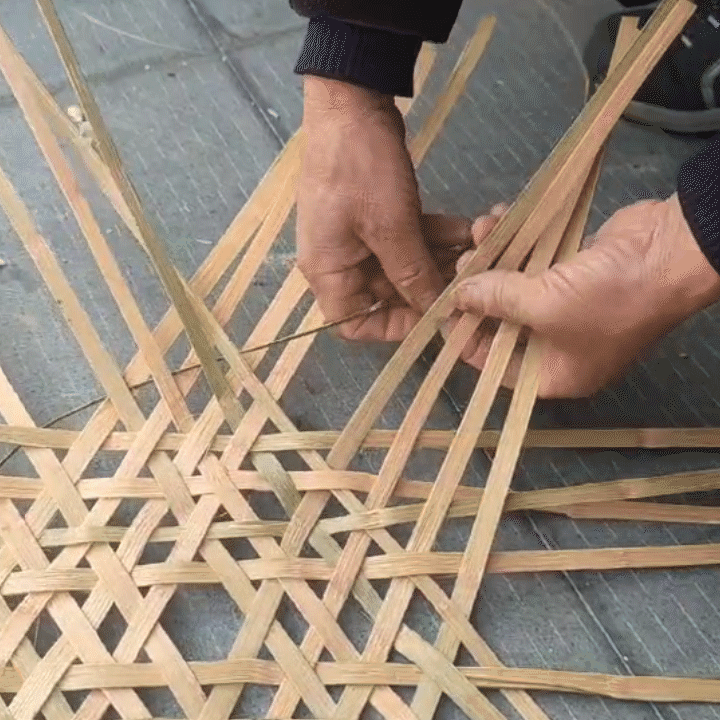
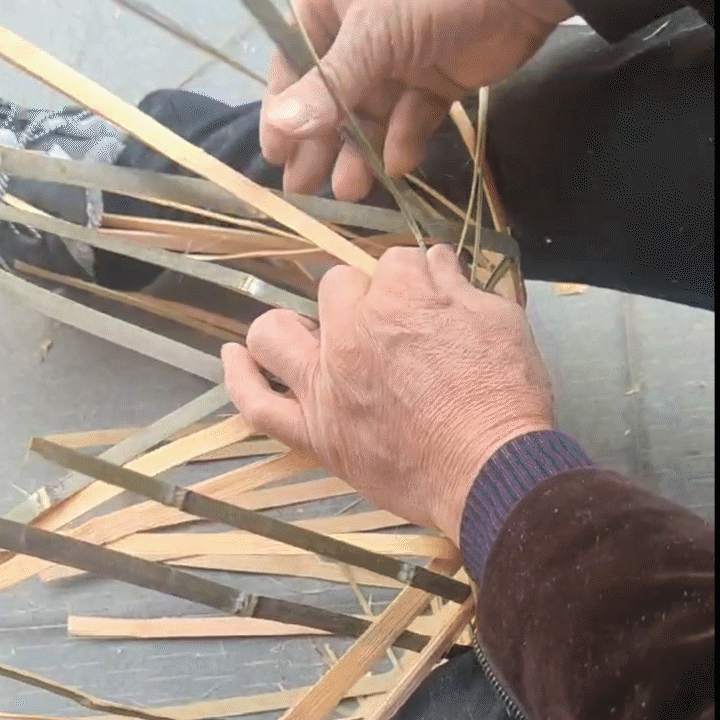
竹子孕育于大自然,而手艺人因时制宜,在合适的时间采伐竹篮编织所需的竹子,人与自然和谐共处,相辅相成,竹篮编织便是“天人合一”的最好印证(Bamboo weaving is the best representative of the “integration of man and nature”)。
前世
旭日东升,减了不少冬日的寒意。竹篮盛着各类农作物,也承载着家的温馨 。(With the sunrise, some of the winter chills are dissipated. Bamboo baskets can hold various kinds of crops. More importantly, they carry the warmth of the home. )
孩子提着竹篮,拉着爸爸的手,兴高采烈地向菜地走去。菜地里泛出一汪新鲜健康的翠绿,孩子迫不及待却又小心翼翼地从菜地一旁来到菜田中央。爸爸紧随其后,俯身用小小的弯刀向青菜的根部一点一点地砍去。孩子见状,急忙蹲下身子,抢着要拔青菜。在一旁的爷爷不一会儿也加入,伸手在护着菜叶。
一天下来,在祖孙的共同劳作下,竹篮早已被青菜填满。孩子拎着满满一篮青菜,和家人踏上回家的路。满载青菜的竹篮饱含着温情与汗水。寒冬腊月,又有多少能比祖孙一起在田间劳作更幸福温馨呢?(The harvest today witnesses a day of joy and sweat. What else can be happier than three generations working together in the field in the deep middle winter? )
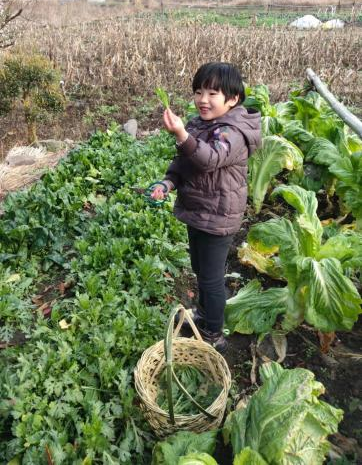
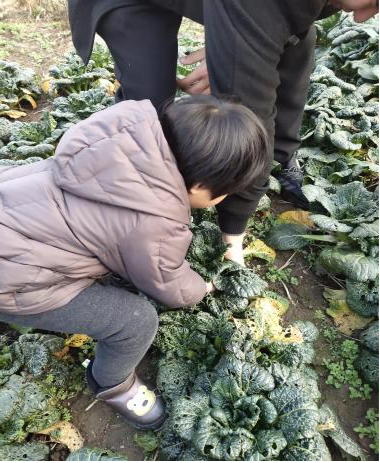
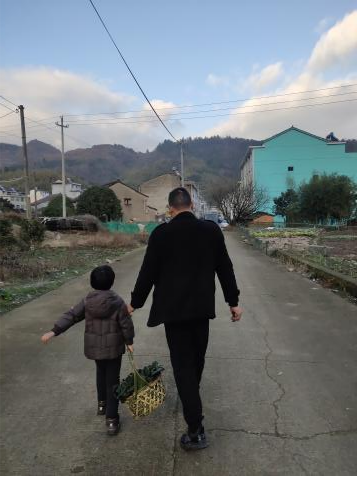
竹篮见证了田间乡里、弄堂人家的喜乐足食。嫁娶乔迁的白馒头、年底祭祖的卤水豆腐甚至是自家田里新熟的芋头土豆,都靠这竹篮来盛装。其实,分享的吃食是次要的,重要的是拎着竹篮走家串户拉家常的过程。弄堂人家,有福同享。(Bamboo baskets witness the life of plenty in the countryside or the alleys and lanes in the city. They hold everything from the steamed bun for celebrating marriages or moving, the marinated tofu for ancestor worship by the year-end to the taro and potatoes fresh from the field. In fact, sharing food is secondary if compared with visiting people from door to door and chatting about domestic trivia. Neighboring people in the alley share their prosperity and happiness with each other. )喜气同沾,不外如是。
今生
所谓编织,一经一纬,一勾一提。手工艺人粗糙的指腹间捻拨着人与自然、人与人之间的联结。(Bamboo baskets are woven with every warp and weft, hook and lift. Through the twisting and plucking, the rough fingers of the craftsman bind humans and nature together, and they connect every man with another. )
通过传统竹编材料的选择,我们再次窥探古代中国“天人合一”的造物观;透过孩童提着竹篮与长辈共同出门劳作的画面,我们得以感受中国社会中的代际亲情;经历过老奶奶提着竹篮分享家中喜事的传统,我们重新唤起近邻共沾喜气的弄堂文化。
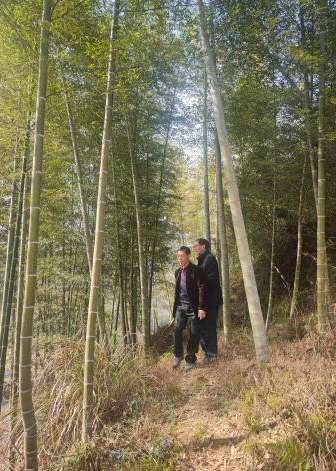
天人合一
际代亲情
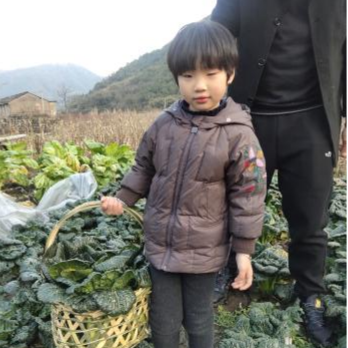
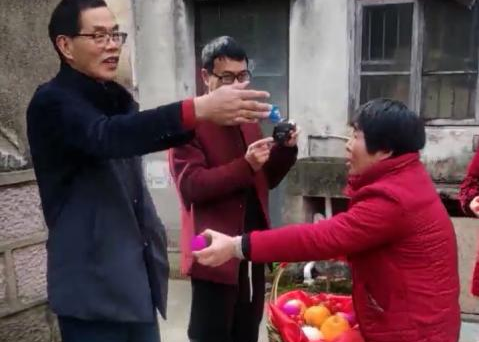
规则与秩序,联结与传承,编织文化不仅潜藏在竹篮、草帽、扫帚等生活用品中,更以传统之名在中国人的行为处事中打下深深的烙印。(The culture of weaving features rules and order, as well as connection and inheritance. It is not only present in daily necessities such as bamboo baskets, straw hats and brooms but also firmly branded in the behavior of Chinese people as a convention. )
心似双丝网,中有千千结。含蓄内敛的中国人认为,人与人的相遇是结,故事的终点是结,字的最后落笔也是结,在编织出的各种各样的结里,都藏着细腻的情感,同时也有人对美好结果的祈愿。
为人处世亦如此结:发乎情,止乎礼,睦人伦,和为贵,于天地社会家国的交汇点上立身。
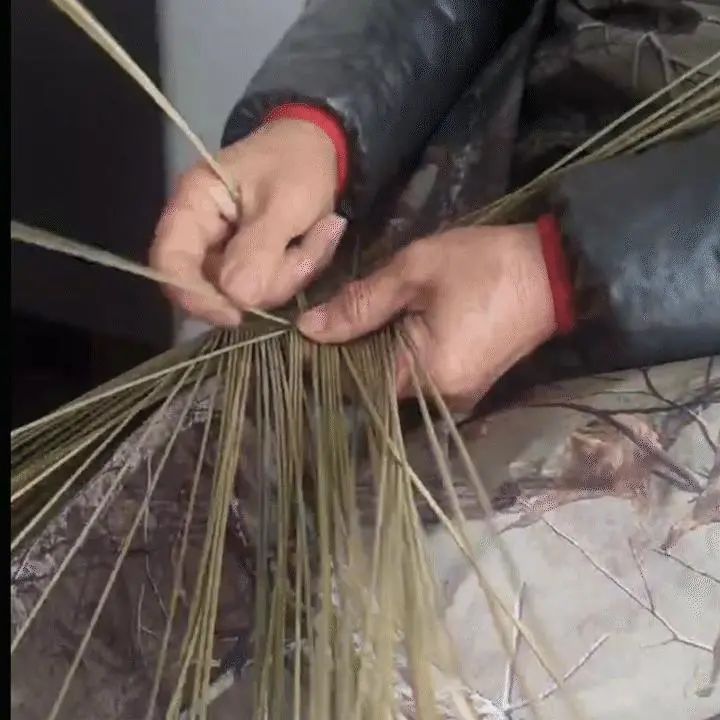
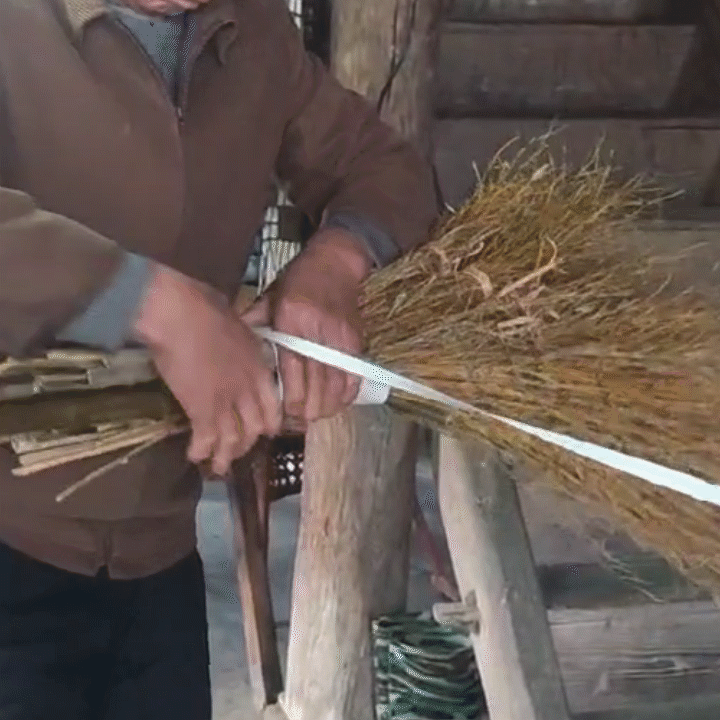
竹篮虽渐逝,技艺代代传。(Despite the fading of bamboo baskets, the skills of weaving are passed down from generation to generation. )印象中陈旧、普通的编织技艺,不仅是人们内心深处乡愁失落的叩问,也在大家的传承中获得更多人的了解和推崇,作为“非遗”重新回到我们的日常生活。如今,越来越多的年轻人成为编织技艺的传承者,共同探索、见证编织技艺的前世今生,寻找永恒经典中新的生机,从传统走向未来。
参考文献
1.https://bioresources.cnr.ncsu.edu/resources/the-application-of-bamboo-weaving-in-modern-furniture/
部分资料、图片来源于网络
我要评论 (网友评论仅供其表达个人看法,并不表明本站同意其观点或证实其描述)
全部评论 ( 条)